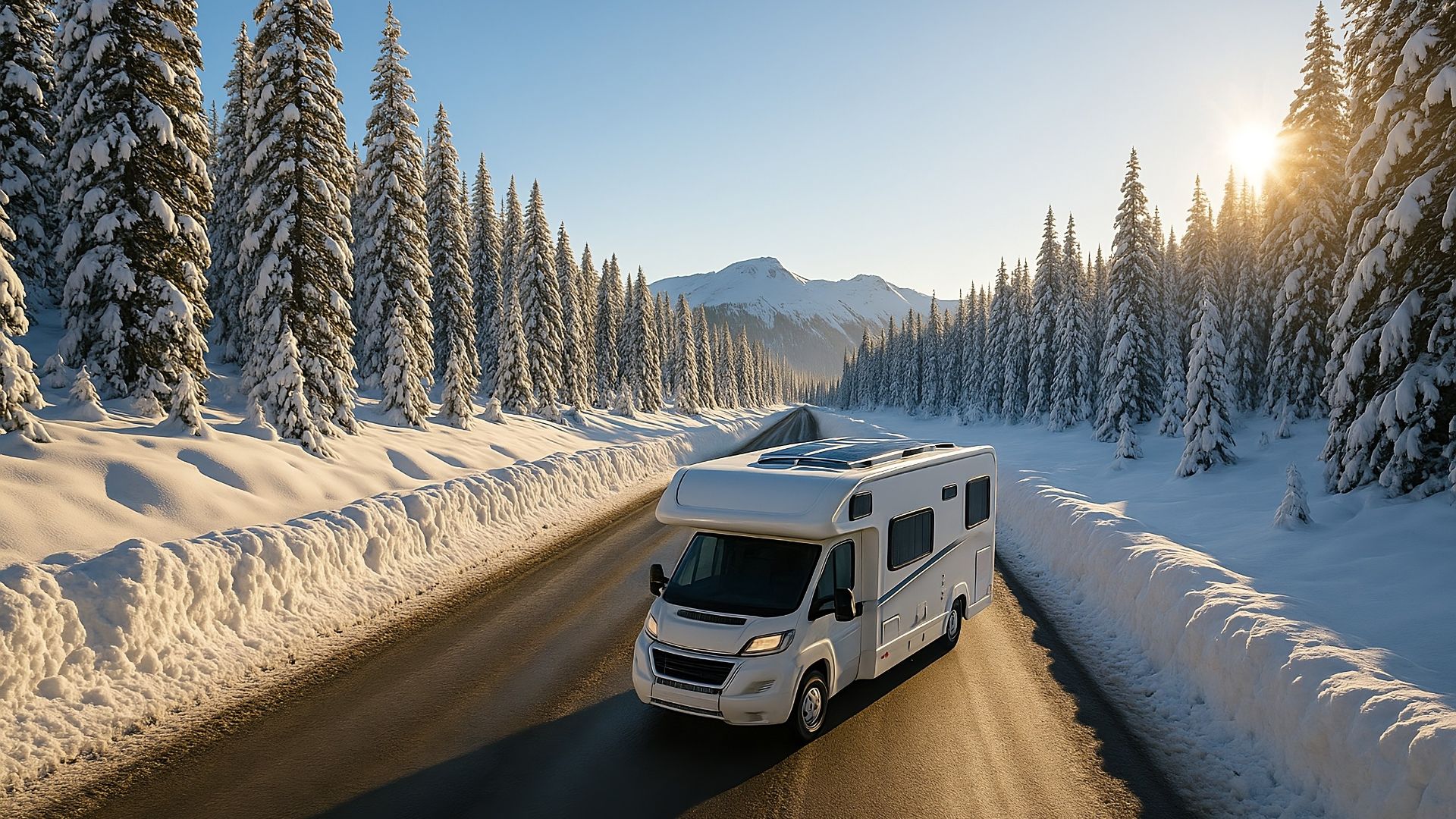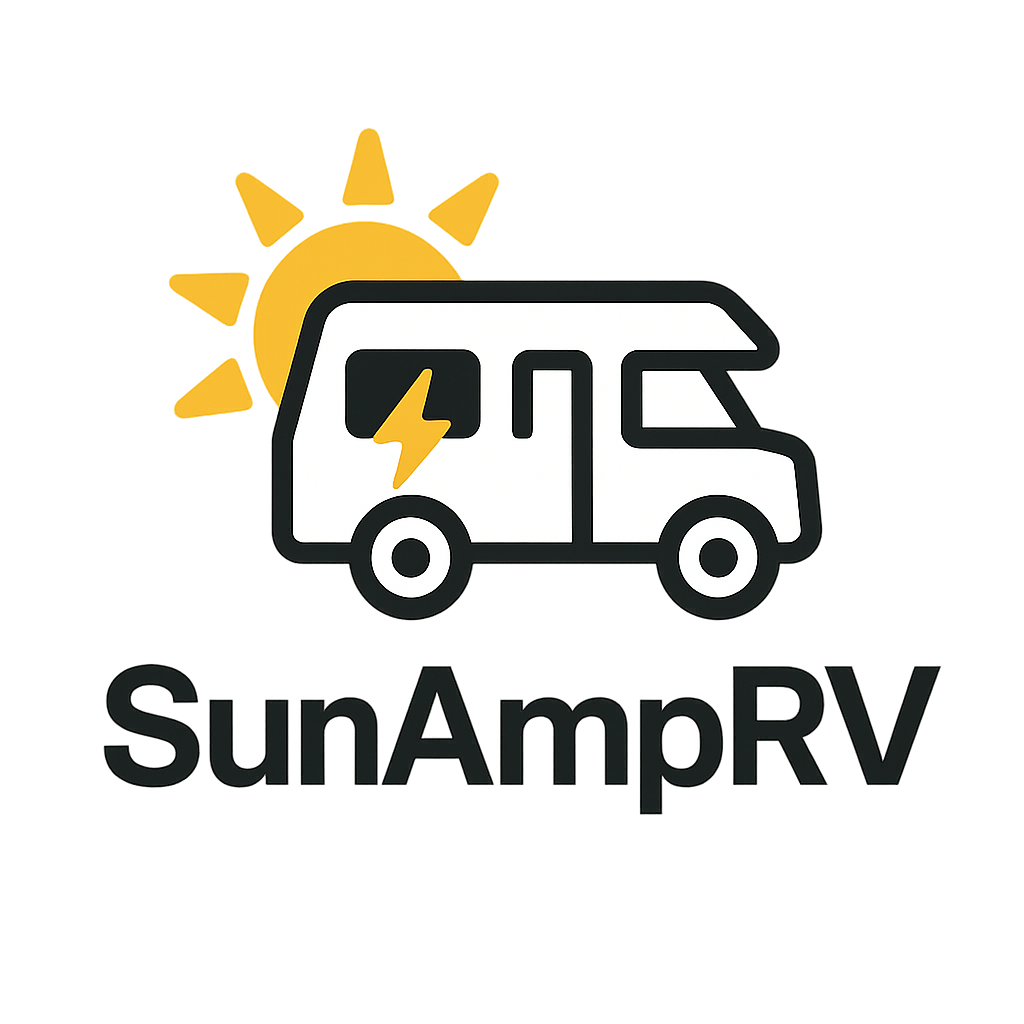
TL;DR: Best Picks
- Best Overall: Victron Energy SmartSolar MPPT View on Amazon
- Best Budget: Renogy 100W Solar Panel View on Amazon
- Best Battery: Battle Born 100Ah LiFePO4 Battery View on Amazon
Comparison Table
| Model | Type | Key Specs | Best for | Pros | Cons |
|---|---|---|---|---|---|
| Victron Energy SmartSolar MPPT | Charge Controller | 100V, 30A | Overall Performance | High efficiency, Bluetooth connectivity | Higher cost |
| Renogy 100W Solar Panel | Solar Panel | 100W, 12V | Budget-Friendly | Affordable, easy installation | Lower power output |
| Battle Born 100Ah LiFePO4 Battery | Battery | 12V, 100Ah | Battery Capacity | Long lifespan, lightweight | Expensive |
| Goal Zero Yeti 400 | Portable Power Station | 400Wh, 300W inverter | Portability | Portable, versatile | Limited capacity |
Buyer’s Guide
Power & Sizing
When selecting an RV solar system, consider your power needs. Calculate your daily energy consumption and choose a system that can meet or exceed this requirement. Larger systems provide more power but may require more space and investment. For example, if your daily energy consumption is 1,200Wh, you might need a system with at least 200W of solar panels, assuming 6 peak sun hours per day. This calculation is based on the formula: Required Solar Panel Wattage = Daily Energy Consumption (Wh) / Peak Sun Hours. It’s crucial to account for inefficiencies and potential energy losses, so adding a 20% buffer to your calculations is advisable. This means you might actually need around 240W of solar panels to ensure consistent power supply.
To further elaborate, consider the efficiency of your solar panels, which typically ranges from 15% to 20%. This efficiency indicates how well the panels convert sunlight into electricity. For instance, a 100W panel with 18% efficiency will produce 18W of power per square meter of sunlight. Additionally, consider the geographical location and seasonal variations, as these factors can significantly impact the amount of sunlight your panels receive. In northern regions, you might experience fewer peak sun hours, necessitating a larger system to compensate for reduced sunlight exposure.
Moreover, consider the impact of shading on your solar panels. Even partial shading can significantly reduce the output of a solar panel. For instance, if a single cell in a panel is shaded, it can reduce the output of the entire panel by up to 50%. Therefore, it’s essential to position your panels in a location that receives maximum sunlight throughout the day. Additionally, consider the angle of installation, as the optimal angle can vary depending on your latitude. A general rule of thumb is to set the panel angle equal to your latitude to maximize solar gain.
Portability vs Fixed
Decide between portable and fixed solar panels. Portable panels offer flexibility and can be moved to capture optimal sunlight, while fixed panels are permanently mounted and require less manual adjustment. Portable panels are ideal for RV users who frequently change locations and need to adjust their panels to maximize sun exposure. Fixed panels, on the other hand, are more suitable for those who prefer a set-and-forget solution, as they are mounted on the RV roof and do not require daily setup. Consider the weight and ease of setup for portable panels, as some models can be cumbersome to move frequently. Fixed panels, while more convenient, may require additional investment in mounting hardware and professional installation to ensure they are securely attached to the RV roof.
When evaluating portability, consider the weight of the panels, which can range from 10 to 30 pounds for portable models. Heavier panels may offer more durability and power output but can be challenging to move and set up. Additionally, assess the ease of connecting and disconnecting the panels, as frequent handling can lead to wear and tear on connectors and cables. For fixed panels, ensure that the mounting system is robust enough to withstand wind and vibrations during travel. A well-installed fixed system can provide peace of mind and reduce the risk of damage while on the road.
Furthermore, consider the impact of environmental factors on your choice. Portable panels can be more susceptible to theft or damage if left unattended, while fixed panels are generally more secure. However, fixed panels can be more challenging to clean and maintain, especially if mounted on a high roof. Regular maintenance is crucial to ensure optimal performance, so consider how easy it will be to access and clean your panels in your chosen setup.
Compatibility (MPPT/Inverter)
Ensure your solar system components are compatible. MPPT charge controllers are more efficient than PWM, and your inverter should match your power needs and battery type. An MPPT controller can increase the efficiency of your solar system by up to 30% compared to a PWM controller. When selecting an inverter, consider the total wattage of the devices you plan to power simultaneously. For instance, if you have a microwave (1,000W) and a laptop (100W), you would need an inverter with at least 1,100W capacity. It’s also important to consider the surge capacity of the inverter, which is the ability to handle short bursts of power demand, often required by appliances with motors or compressors. A good rule of thumb is to choose an inverter with a surge capacity of at least 1.5 times the continuous power rating.
Additionally, consider the inverter’s efficiency, which typically ranges from 85% to 95%. Higher efficiency means less energy is lost during the conversion from DC to AC power. It’s also crucial to match the inverter’s output voltage with your RV’s electrical system, usually 120V in North America. For MPPT controllers, ensure they are compatible with your solar panel’s voltage and current ratings. An improperly matched controller can lead to reduced performance or even damage to the system. Always consult the manufacturer’s specifications and guidelines to ensure compatibility and optimal performance.
Moreover, consider the future scalability of your system. If you plan to expand your solar setup in the future, ensure that your charge controller and inverter can handle additional panels and increased power output. Some MPPT controllers and inverters are designed to be easily scalable, allowing you to add more components without replacing the entire system. This can be a cost-effective way to increase your solar capacity as your energy needs grow.
Safety & Common Mistakes
Always follow manufacturer instructions and safety guidelines. Common mistakes include incorrect wiring, overloading the system, and neglecting maintenance. Regularly check connections and clean panels to ensure optimal performance. Incorrect wiring can lead to short circuits or reduced efficiency, while overloading the system can damage components and reduce their lifespan. To avoid these issues, ensure that all connections are secure and that the system is not drawing more power than it can handle. Additionally, clean your solar panels regularly to remove dust and debris, which can reduce their efficiency by up to 25%. Use a soft brush or cloth and avoid harsh chemicals that could damage the panel surface. Regular inspections for signs of wear or damage, such as cracks or discoloration, can help prevent more serious issues down the line.
When performing maintenance, pay attention to the condition of cables and connectors, as these are common points of failure. Look for signs of corrosion or fraying, which can lead to poor electrical connections and increased resistance. It’s also important to monitor the performance of your charge controller and inverter, as these components can degrade over time. Many modern systems offer monitoring capabilities via Bluetooth or Wi-Fi, allowing you to track performance metrics and identify potential issues early. Finally, ensure that your battery bank is properly maintained, with regular checks on voltage levels and electrolyte levels (for lead-acid batteries) to prevent overcharging or deep discharging, which can significantly reduce battery lifespan.
Additionally, be aware of the potential for electrical hazards when working with solar systems. Always disconnect the system from power sources before performing maintenance or repairs. Use insulated tools and wear appropriate personal protective equipment, such as gloves and safety glasses, to reduce the risk of electric shock. If you are unsure about any aspect of your solar system, consult a professional to ensure that all work is performed safely and correctly.
FAQs
- Q: How do I calculate my RV’s solar power needs?
A: Add up the wattage of all devices you plan to use and multiply by the hours of use per day. For example, if you have a 60W light bulb used for 5 hours, a 100W laptop for 3 hours, and a 1,000W microwave for 0.5 hours, your total daily energy consumption would be (60W x 5h) + (100W x 3h) + (1,000W x 0.5h) = 830Wh. It’s important to consider the efficiency of your inverter and any potential energy losses in the system, which could increase your actual energy needs by 10-20%. - Q: Can I install solar panels myself?
A: Yes, with proper tools and instructions, but professional installation is recommended for safety. DIY installation requires basic electrical knowledge and tools such as a drill, screwdriver, and multimeter. However, hiring a professional ensures that the system is installed correctly and safely, reducing the risk of damage or injury. Professionals can also provide valuable advice on optimal panel placement and system configuration to maximize efficiency and performance. - Q: What is the difference between MPPT and PWM controllers?
A: MPPT controllers are more efficient, converting excess voltage into additional current. This allows them to extract more power from the solar panels, especially in low-light conditions. PWM controllers, on the other hand, are simpler and less expensive but less efficient, as they do not adjust the voltage to maximize power output. The choice between MPPT and PWM should consider the specific conditions of your solar setup, including panel voltage and battery type, as well as budget constraints. - Q: How long do RV solar panels last?
A: Typically, solar panels last 20-25 years with proper maintenance. Over time, their efficiency may decrease slightly, but they will continue to produce power. To extend their lifespan, clean the panels regularly and inspect them for damage or wear. It’s also important to ensure that the panels are securely mounted and protected from physical damage, such as from tree branches or hail. Regular maintenance checks can help identify potential issues early, preventing more costly repairs or replacements. - Q: Do I need a battery for my solar system?
A: Yes, batteries store energy for use when sunlight is not available. A battery bank allows you to power your devices at night or during cloudy days. The size of the battery bank depends on your energy needs and the amount of energy you want to store. For example, if your daily energy consumption is 1,200Wh, you might need a battery bank with at least 100Ah capacity at 12V, calculated using the formula: Battery Capacity (Ah) = Daily Energy Consumption (Wh) / Battery Voltage (V). It’s also important to consider the depth of discharge (DoD) of the battery, which affects its lifespan. A battery with a higher DoD can be discharged more deeply without damaging the battery, allowing for more usable energy storage.
MPPT charge controller guide RV inverter sizing guide RV solar cable sizing guide
